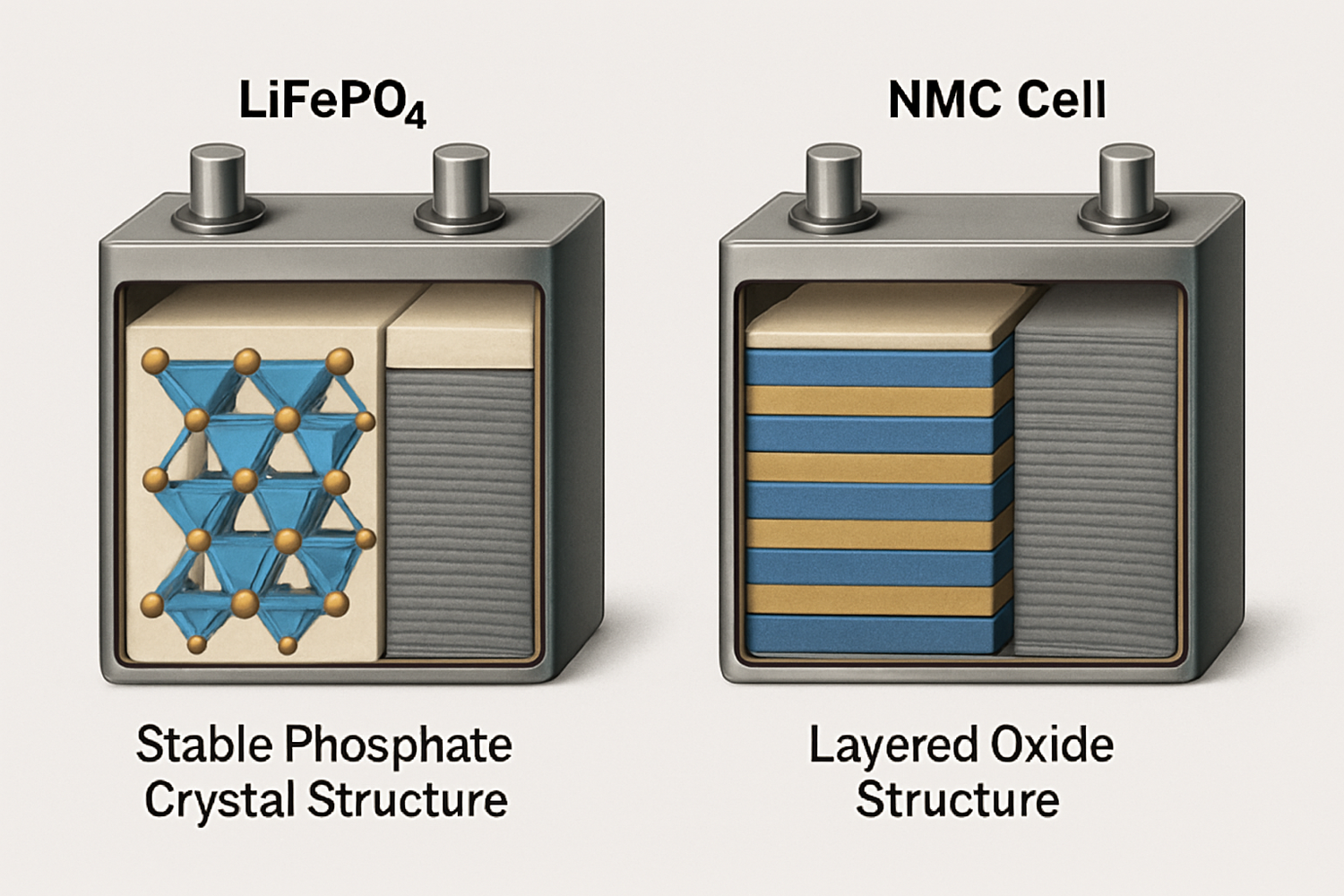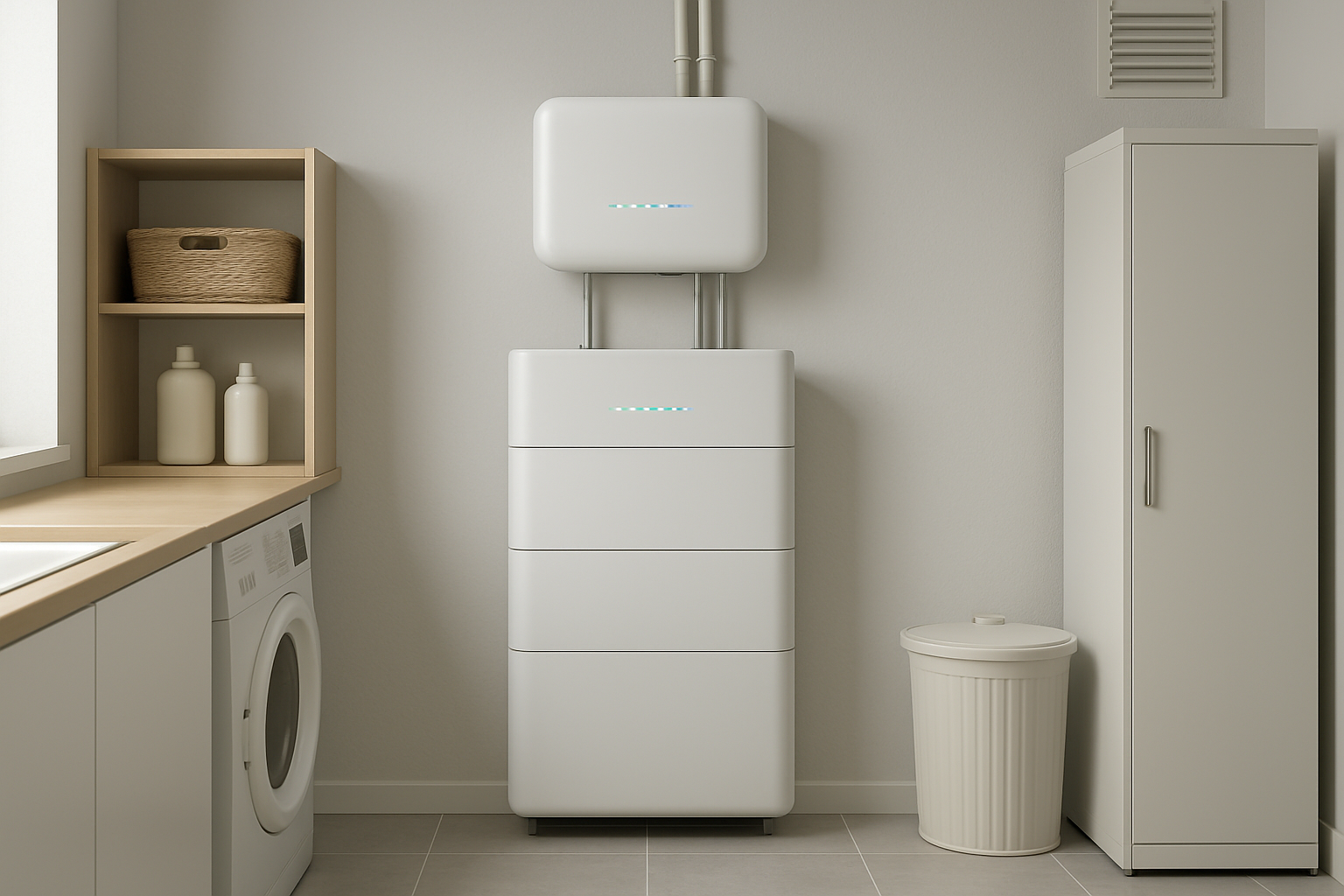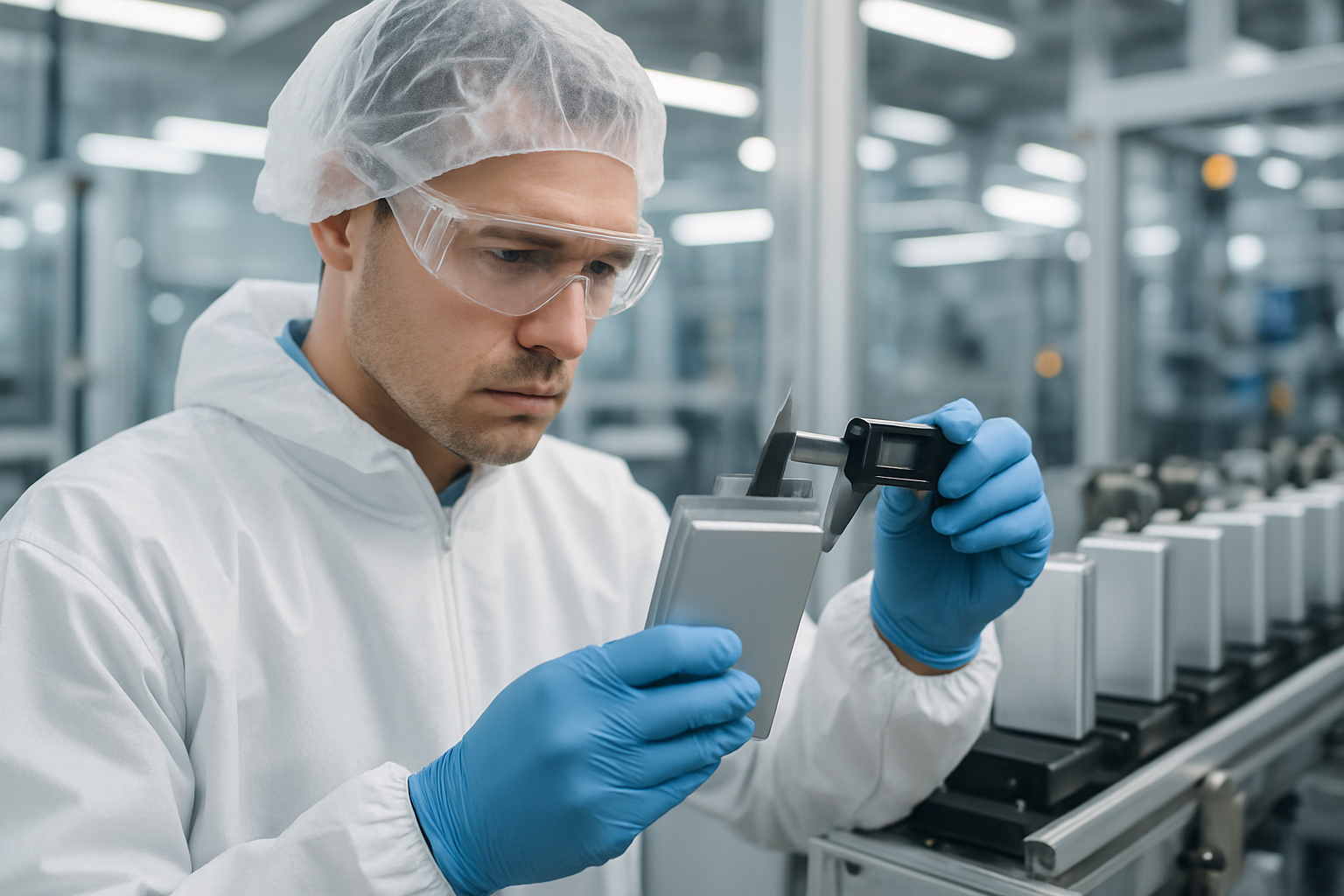When selecting a battery for a home energy storage system, performance and longevity are important. But safety, especially fire safety, is a paramount concern. Not all lithium-ion batteries are created equal in this regard. The specific chemistry inside the battery plays the most significant role in its safety profile. This text provides a clear comparison of battery chemistries, focusing on why Lithium Iron Phosphate (LiFePO4) is widely regarded as the safest option available for residential and commercial energy storage.
Understanding Battery Chemistry and Fire Risk
To appreciate the safety differences, it’s helpful to know what causes a battery fire. The core issue is a phenomenon called thermal runaway, an uncontrollable chain reaction where heat builds up faster than it can be dissipated. This process can be triggered by manufacturing defects, physical damage, or electrical abuse like overcharging.
What Triggers a Battery Fire?
Inside a lithium-ion battery, a separator keeps the positive (cathode) and negative (anode) electrodes apart. If this separator is breached, a short circuit occurs, generating a rapid spike in temperature. At a certain point, the cathode material can start to break down, releasing oxygen. This combination of intense heat, flammable electrolyte, and oxygen can lead to fire or an explosion. The stability of the cathode material is therefore a critical factor in battery fire safety.
Key Lithium-Ion Chemistries in Use Today
While many variations exist, the most common lithium-ion chemistries used in energy storage and consumer products include:
- Lithium Iron Phosphate (LiFePO4 or LFP): Known for its exceptional stability and long cycle life.
- Lithium Nickel Manganese Cobalt Oxide (NMC): Offers high energy density, making it popular for electric vehicles (EVs) where space and weight are primary concerns.
- Lithium Cobalt Oxide (LCO): Has a very high energy density but lower thermal stability, typically used in portable electronics like phones and laptops.
The LiFePO4 Advantage in Fire Safety
LiFePO4 chemistry possesses fundamental structural and thermal properties that make it inherently safer than NMC and LCO chemistries. These advantages are not just theoretical; they are demonstrated in rigorous testing and real-world performance.
The Stability of the Phosphate Bond
The safety of LiFePO4 begins at the molecular level. It uses a phosphate-based cathode material, which creates an incredibly strong and stable olivine crystal structure. The phosphorus-oxygen (P-O) bonds within this structure are much stronger than the metal-oxygen bonds found in NMC and LCO cathodes. This robustness prevents the release of oxygen even under extreme conditions like overcharging or overheating, effectively removing a key ingredient needed for a fire.
Higher Thermal Runaway Threshold
A critical safety metric is the temperature at which thermal runaway begins. LiFePO4 batteries have a significantly higher threshold for this reaction. While NMC batteries can become unstable at temperatures as low as 160-210°C, LiFePO4 batteries remain stable up to around 270°C and beyond. This wider safety margin means a LiFePO4 battery can withstand more extreme conditions before there is any risk of a catastrophic failure.
Superior Performance Under Abuse Conditions
In laboratory tests that simulate worst-case scenarios—such as puncturing, crushing, or severe overcharging—LiFePO4 batteries consistently demonstrate superior safety. When subjected to these abuse conditions, they are far less likely to ignite or explode compared to their NMC or LCO counterparts. This resilience makes them a more reliable and secure choice for stationary energy storage systems in homes and businesses.
A Comparative Look at Other Chemistries
While LiFePO4 excels in safety, other chemistries are chosen for different reasons, primarily revolving around the need for higher energy density. It's a classic engineering trade-off: performance versus stability.
NMC and LCO: The Energy Density Trade-off
NMC and LCO chemistries can store more energy in a smaller, lighter package. This higher energy density is a major advantage for applications like EVs and smartphones, where minimizing size and weight is crucial. However, this energy concentration comes with increased volatility. The chemical structures are less stable and more prone to breaking down and releasing oxygen when stressed, which directly increases the fire risk comparison to LiFePO4.
| Feature | LiFePO4 (LFP) | Nickel Manganese Cobalt (NMC) | Lithium Cobalt Oxide (LCO) |
|---|---|---|---|
| Thermal Runaway Threshold | ~270°C | ~160-210°C | ~150°C |
| Chemical Stability | Very High (Strong P-O bond) | Moderate | Low |
| Oxygen Release on Failure | Very Low | High | High |
| Primary Application | Energy Storage, Industrial | Electric Vehicles, Power Tools | Consumer Electronics |
| Fire Risk | Lowest | Higher | High |
Beyond Chemistry: A Holistic Approach to Battery Safety
While choosing LiFePO4 chemistry is a foundational step, it is part of a larger safety ecosystem. Several other factors contribute to the overall safety of an energy storage system.
The Role of the Battery Management System (BMS)
A high-quality Battery Management System (BMS) acts as the brain of the battery pack. It continuously monitors cell voltage, current, and temperature, preventing operations outside of safe limits. A sophisticated BMS can prevent overcharging, over-discharging, and overheating, which are common triggers for thermal runaway in any battery chemistry.
Importance of Proper Installation and Use
Even the safest battery can become a hazard if installed or used incorrectly. Proper installation includes adequate ventilation to dissipate heat, correct wire sizing to prevent electrical faults, and securing the battery from physical damage. Following manufacturer guidelines for operation and storage is equally important for long-term safety. As noted in the World Energy Investment 2023 report, as investment in battery storage accelerates, ensuring proper installation practices becomes increasingly vital for grid and consumer safety.
Certifications and Standards
Reputable battery and energy storage systems are tested and certified to meet strict safety standards. Standards like UL 9540 cover the entire energy storage system, ensuring all components work together safely. The UL 9540A test method, in particular, evaluates thermal runaway fire propagation, providing critical data on how a system behaves in a fire event. Choosing certified products provides an additional layer of assurance. Understanding key metrics like Depth of Discharge (DoD) and cycle life is also part of a safe and efficient system. For more details, see this ultimate reference on solar storage performance.
Making the Safest Choice for Your Energy Needs
When evaluating battery options, the evidence points clearly toward LiFePO4 as the frontrunner for fire safety. Its inherent chemical stability, high thermal runaway threshold, and robust performance under stress provide a level of safety that other common lithium-ion chemistries cannot match. According to the U.S. Department of Energy, stable chemistries are key to the safety and reliability of the expanding energy storage infrastructure. While a high-quality BMS and professional installation are essential for any system, starting with the safest available chemistry provides the strongest foundation for a secure and reliable energy storage solution, empowering your path to energy independence.
Frequently Asked Questions
Is any lithium-ion battery 100% fireproof?
No battery is completely fireproof. However, LiFePO4 chemistry significantly reduces the risk of fire due to its inherent chemical and thermal stability compared to other lithium-ion types. Proper handling and a quality BMS are essential for maximizing the safety of any battery system.
Why isn't LiFePO4 used in all applications if it's so safe?
The main trade-off is energy density. Chemistries like NMC pack more energy into a smaller, lighter package, which is a priority for portable electronics and some electric vehicles where space is at a premium. For stationary energy storage, where weight and size are less critical, LiFePO4's superior safety and longevity are the prioritized features.
Does a good BMS make other chemistries as safe as LiFePO4?
A sophisticated Battery Management System (BMS) is vital for the safety of all lithium-ion batteries and can prevent many common causes of failure. However, it cannot change the fundamental chemistry of the battery cells. In an extreme failure event, the LiFePO4 chemistry itself is inherently less likely to result in a fire compared to a high-energy-density chemistry like NMC, even if both systems have excellent management systems in place.





Leave a comment
All comments are moderated before being published.
This site is protected by hCaptcha and the hCaptcha Privacy Policy and Terms of Service apply.